In February 1982, Syria’s late president Hafez al-Assad ordered his army, under the direct supervision of his younger brother Rifaat, to destroy the town of Hama which had been a major source of opposition to the Ba’ath regime since the mid-1960s. Besieged by 12,000 troops, the fighting lasted for three weeks. Robert Fisk, in his book Pity the Nation, describes how civilians began fleeing the town just as tanks and troops started moving in. According to Amnesty International, the Syrian army bombed the old city from the air to allow infantry and tanks through the narrow streets. By night, they destroyed buildings and places of worship. There were also reports of the use of hydrogen cyanide by government forces. After these attacks, military and security personnel were dispatched to comb through the rubble for surviving insurgents and their sympathisers. Torture and mass executions were prevalent throughout. The total number of deaths has been estimated at between 10,000 and 40,000; the vast majority civilians. Rifaat boasted of killing 38,000 people. I visited Hama a few days after Ramadan in December 2001. All that remains of the old city is a wall, a chilling reminder that in the Syria of the Assads, treachery comes at a heavy price.
When the inhabitants of Hama took to the streets in July this year – over 500,000 of them – Hafez’s son and successor, Bashar al-Assad, saw to it that history was repeated. Tanks and militia were deployed to crush the uprising. On the eve of Ramadan, the army began to encircle the city. On 4 August the UN Security Council passed a resolution condemning the “widespread violations of human rights and the use of force against civilians by the Syrian authorities”. By then, such platitudes were not enough: the number of civilian deaths had risen to 200 in less than a week.
Like father, like son.
In a rare ABC interview with the President earlier this month, journalist Barbara Walters brought up the widespread reports and footage of torture and abuse carried out by government forces in Syria. She even listed three such cases: a 13-year-old boy who was arrested and later returned to his parents bearing scars of torture; a famous cartoonist whose arms were broken; and a singer who had called for Bashar’s ousting only to have his throat cut. In response, the President cracked a joke about having to “see things with a stereoscopic vision” before very calmly chiding her. “There is a difference between having a policy to crack down,” he said, “and between having some mistakes committed by some officials.” This was quickly followed by probably the most transparent attempt at claiming the moral high ground ever broadcast on television: “When you talk about policy, it’s like what happened at Guantánamo – when you have a policy of torture, for example. We don’t have such a policy to crack down or to torture people.”
Those who watched Jonathan Miller’s documentary, broadcast on Channel 4 earlier this week, into the detention and torture of civilians, might recall this last comment though not from the President’s lips. It was repeated almost word-for-word by his senior adviser Bouthaina Shaaban who waxed incredulous at the mere suggestion that state-sanctioned repression of protestors is currently taking place in Syria. “Do you really think that we would accept torture?” she almost shouted at Miller. “Syria has no policy of torture whatsoever. We do not have Guantánamo or Abu Ghraib. That is absolutely unacceptable to us.” And then, in another rendition of the President’s utterances to Walters, Shaaban added: “Nobody in this country can give the order to kill people.”
This, of course, contradicts the findings of two authoritative reports published this year in the space of three months. The first, by Amnesty International in August, came shortly after the Syrian government denied persistent reports of at least one mass grave in Deraa. Neil Sammonds, Amnesty’s researcher on Syria, commented that the volume of abuse, much of which has been documented on video, had returned to levels not seen since Hama. The second, the results of a UN inquiry published last month, put the death toll since protests began earlier this year at around 5000, including 256 children. According to Navi Pillay, the UN High Commissioner for Human Rights, a further 14,000 people are reportedly in detention, at least 12,400 have sought refuge in neighbouring countries and tens of thousands have now been internally displaced. Speaking to the Security Council last week, Ms Pillay said that “these abuses have taken place as part of a widespread and systematic attack on civilians.”
When Walters tried to get the President to consider at least the possibility that thousands of Syrians, including children, may have been killed, tortured and raped by government forces – one senses her frustration as she asks him: “Do you acknowledge that? Do you acknowledge what the UN said?” – the President flatly denied the existence of any proof: “Very simply, I would say [to the UN] send us the documents and the concrete evidences.”
Watching Miller’s documentary, Walters’s interview and Jane Corbin’s report for Panorama, it seems the most important message the Syrian people are sending to the Assad regime is that violence and repression will no longer silence them. “Although we are suffering from torture,” one victim told Miller, “we are not afraid anymore. There is no fear. We used to fear the regime, but there is no place for fear now.”
But there is also a message from the President himself. “No government in the world kills its people,” he told Walters, “unless it’s led by a crazy person.” Given the overwhelming evidence against him – he is probably right.
Thu 22nd Dec 2011
WorldYou may have missed
